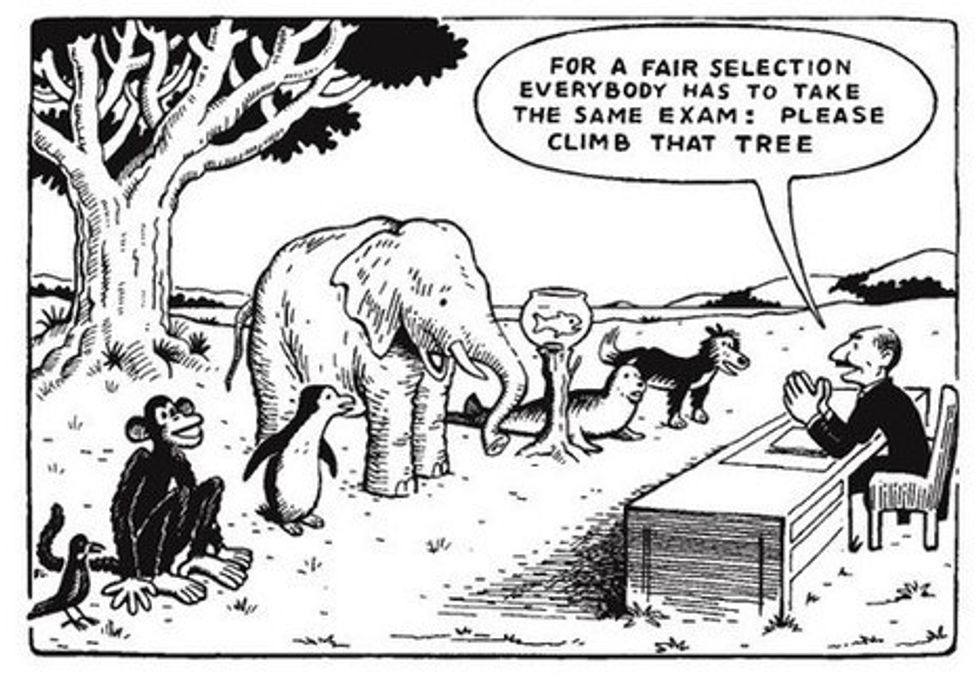The phrase “standardized testing” always elicited a groan from my classmates (and occasionally teachers) when I was in public school. This testing meant being let out early from school every day for a week, but it also meant that the hours we did spend in our classrooms were headache-inducing and seemed unending. Going through this testing was the door we as students had to pass through to enjoy our summer vacations. It is a well-known fact that standardized testing is a huge area of controversy in the world of education whether you are a teacher, a parent, or a student.
According to many experts standardized testing is not the right way to assess our students’ level of understanding, and that may be true. However the issue of how to evaluate our students at the end of the year will not be solved, no matter how many negative comments we make about standardized testing. While it would be nice to get rid of standardized testing and not have to consider the consequences, we need an alternative form of determining whether or not our students have learned enough to progress in their education. The problem is standardized testing, but the question is: what do we do now?
Recommended for you
One alternative for checking our students’ level of understanding at the end of the school year is something known as the portfolio technique. This method is recommended for those educators who are more interested in discovering the improvements their students have made throughout the school year, as opposed to just the end result. In an article titled “Standardized Testing: Harmful to Educational Health” authors Neill and Medina make this suggestion. They declare that “finding samples of writing on meaningful topics that have been collected over time” is far more beneficial for students and teachers in determining the level of growth that occurs over the school year.
Throughout the school year, the instructor would gather the assignments students have completed and put them all into a portfolio—a binder, folder, notebook, etc. An English teacher would collect essays and tests, for example. At the end of the school year, the teacher would use these items to determine whether or not their student has progressed enough in their education to be able to move forward with confidence. This would be especially helpful for those students who have difficulty showing their level of knowledge through taking tests since this form of evaluation would show that they have been capable of retaining information and using it to improve their work throughout the semester.
This way of replacing standardized testing will help our students look forward towards the end of the school year, not dread the testing they must endure before being allowed to enjoy their summer vacations.



















